Undiscovered Cuba - March 11 - March 22, 2018
Page Eight - Havana continued

Morro Castle is a fortress guarding the entrance to Havana Bay in Havana.
The design was drawn up by the Italian engineer Juan Bautista Antonelli.
Originally under the control of Spain, the fortress was captured by the British in
1762, and was returned to the Spanish under treaty terms a year later.
In Spanish "morro" means a rock which is very visible from the sea and therefore
serves as a navigational landmark. Perched on the promontory on the opposite
side of the harbor from Old Havana, it can be viewed from miles around as it
dominates the port entrance. Built initially in 1589 in response to raids on Havana
harbor, Morro protected the mouth of the harbor with a chain being strung out
across the water to a fort.
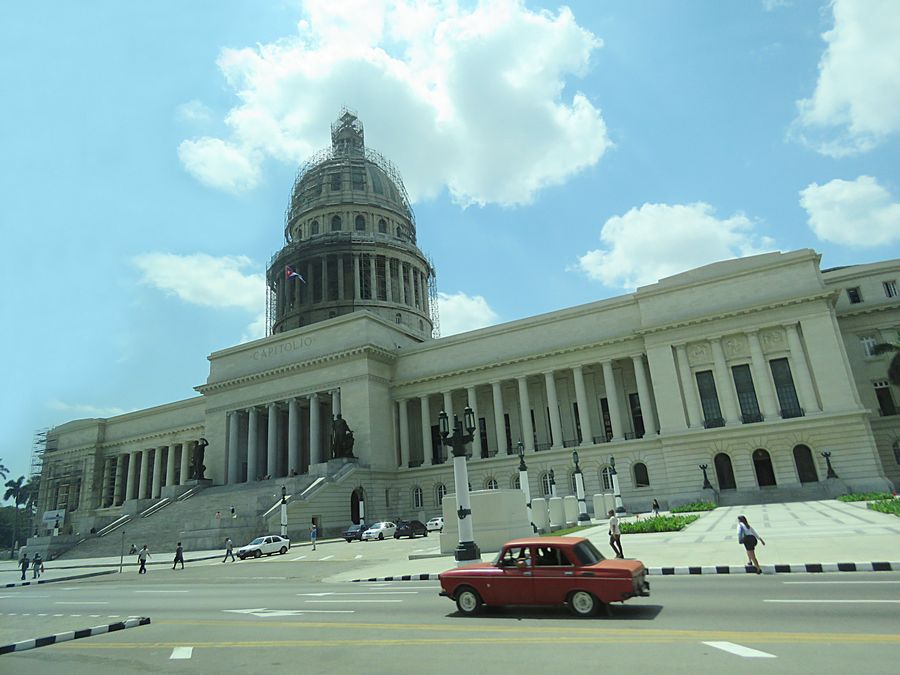
El Capitolio, or National Capitol Building was the organization of government in Cuba
until after the Cuban Revolution in 1959, and was the home to the Cuban Academy
of Sciences until 2013.
Completed in 1929, it was the tallest building in Havana until the 1950s.
The Government of Cuba is restoring the building for use once again as the
home of Cuba's National Assembly.
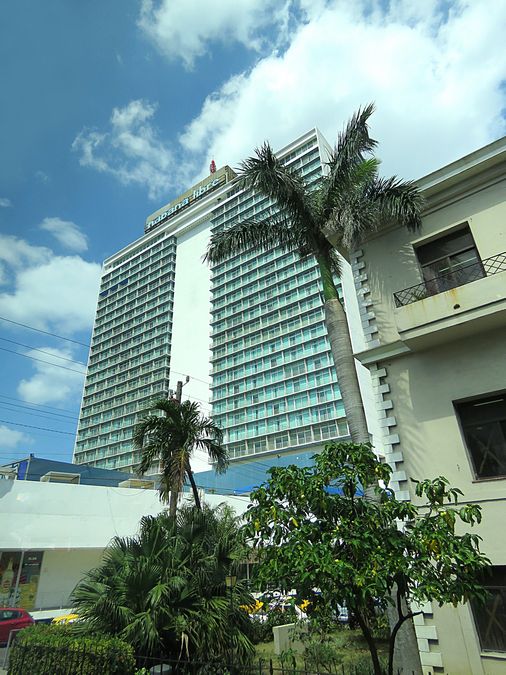
Hotel Habana Libre, one of the biggest hotels in Cuba. It was originally
developed
under the personal guidance of Batista and was run by Hilton Hotels
under the name,
Havana Hilton. After the fall of Batista, Fidel Castro
made this hotel his headquarters
for the first few months.
It was nationalized, like all accommodations, in 1960.
Today it is operated by the military, like many accommodations in Cuba.
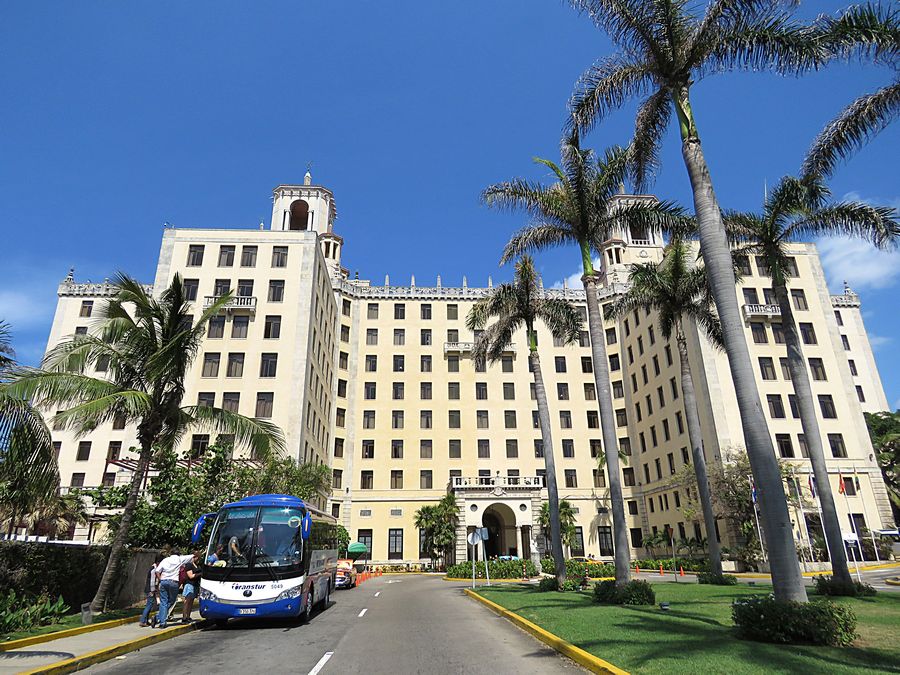
The Hotel Nacional de Cuba is a historic luxury hotel located on the Malecón in
Havana. It stands on Taganana Hill near the sea, and offers a view of Havana
Harbor, the seawall and the city from the back of the hotel.
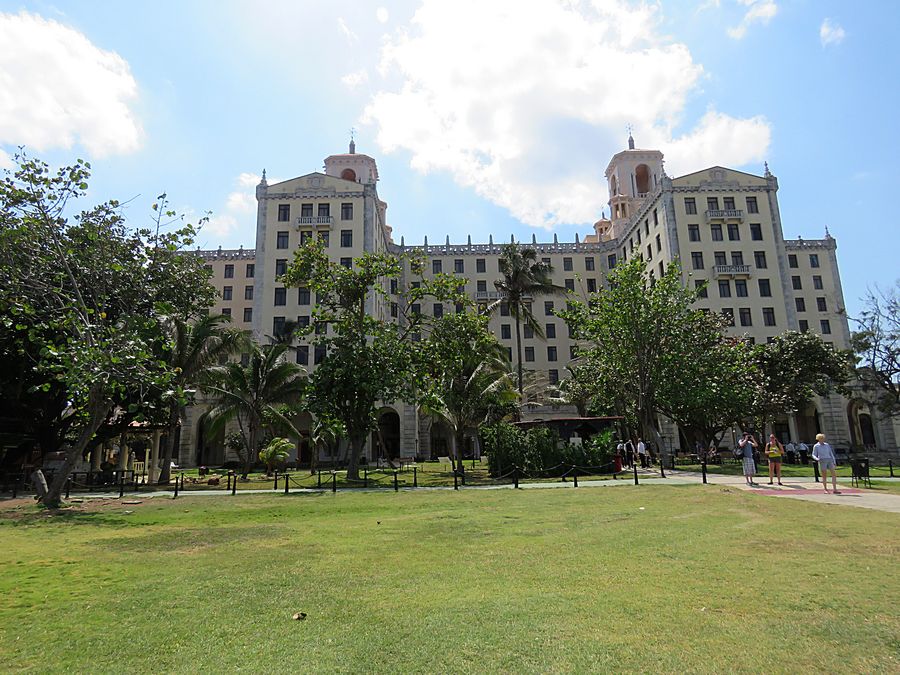
In December 1946 the hotel hosted the Havana Conference, an infamous mob
summit run by Lucky Luciano and Meyer Lansky. Francis Ford Coppola memorably
dramatized the conference in his film The Godfather Part II. Fidel Castro
nationalized the hotel in 1960. Many famous people have stayed there, including
Churchill, Sinatra, John Wayne, Jimmy Carter, etc.
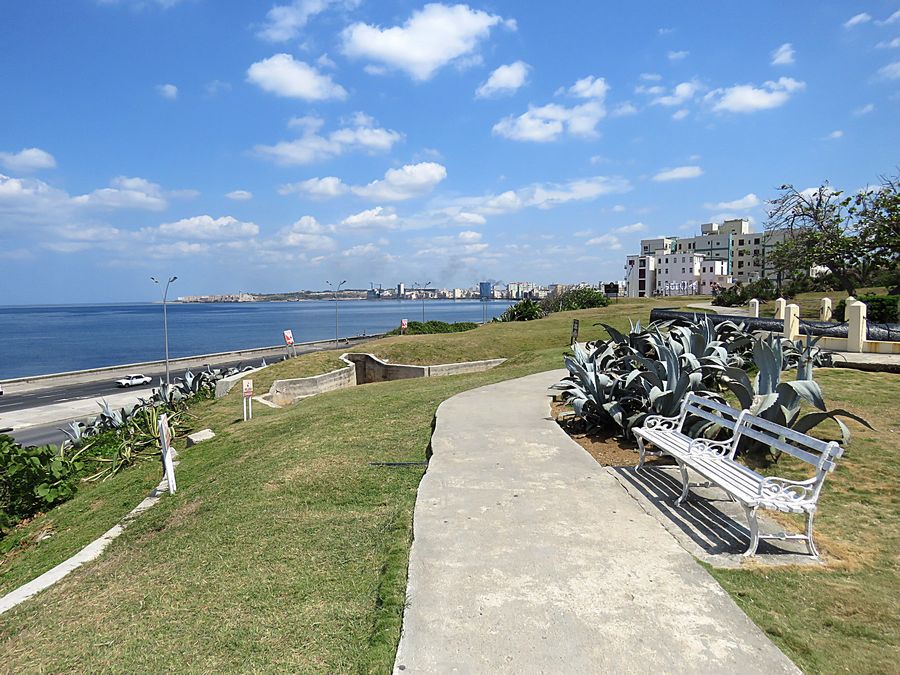
View from the back of the hotel.
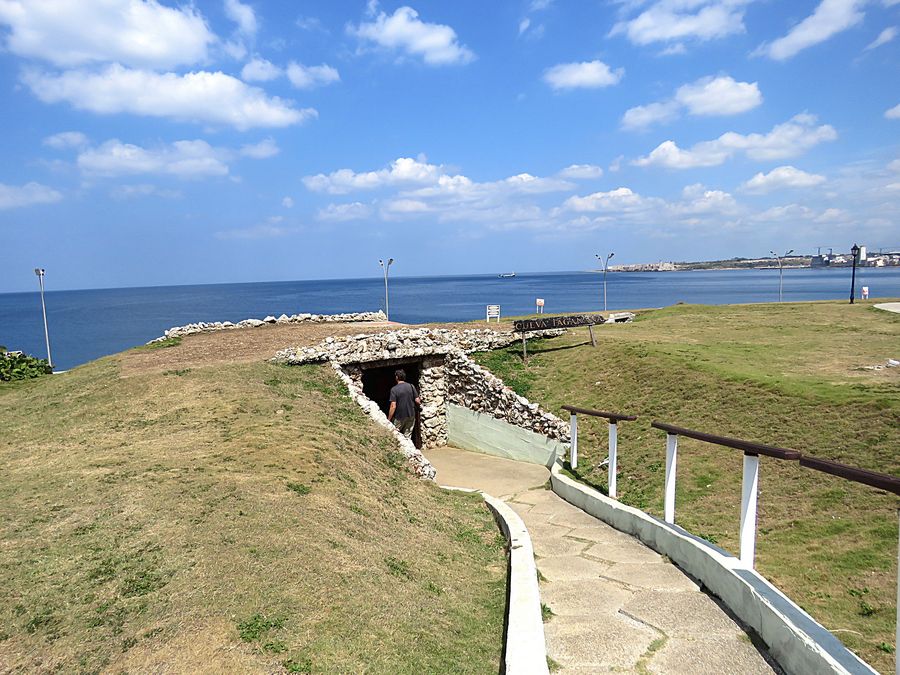
Pathway leads to an Exhibition on the Missile Crisis of 1962.
It is an old trench and
bunker. In response to the failed Bay of
Pigs invasion of 1961 and the presence of U.S. ballistic missiles in Turkey
and Italy, Soviet leader Khrushchev decided to agree to Cuba's request
to place nuclear missiles on the island to deter a future U.S. invasion.
After
discovering the missiles, the U.S. established a military blockade to prevent
further missiles.
After a long period of tense negotiations,
an agreement was reached between U.S. President Kennedy and Khrushchev.
Publicly, the Soviets would dismantle their offensive weapons in Cuba
subject to U.N.verification. In exchange, the U.S. publicly agreed to avoid
invading Cuba again and secretly agreed that it would dismantle all U.S.
missiles deployed in Turkey against the Soviet Union.
.
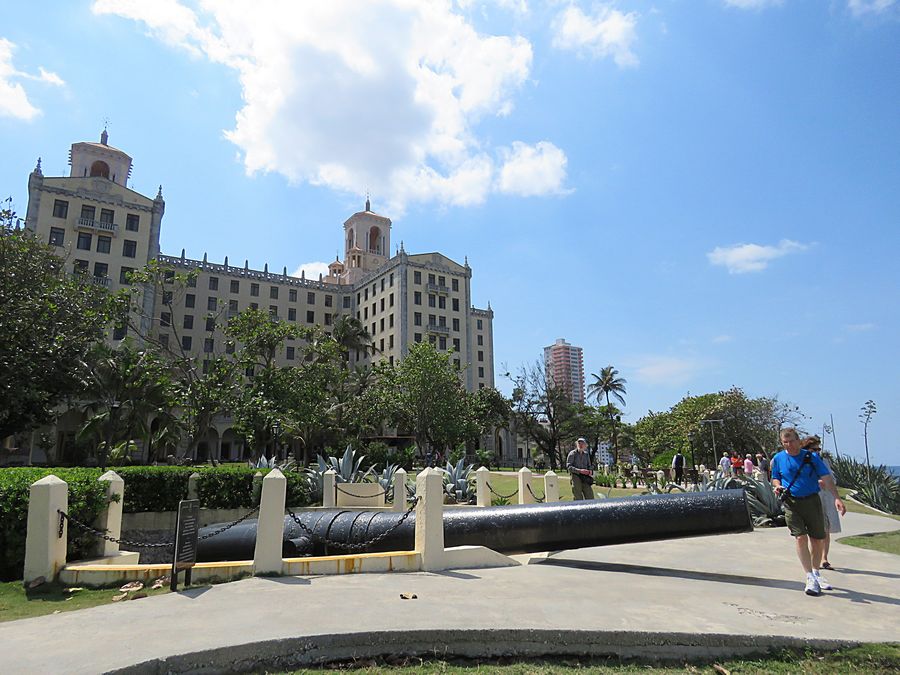
The hotel was developed by the US firm of Purdy and Henderson. It was
constructed in 14 months on the site of the Santa Clara Battery, which dates back
to 1797. Part of the battery has been preserved in the hotel's gardens, including
two large coastal guns dating from the late 19th Century. The hotel opened as the
National Hotel of Cuba on December 30, 1930, operated by the American managers
of the Plaza Hotel, Savoy-Plaza Hotel and Copley Plaza Hotel at a time Cuba was
a prime travel destination for Americans.
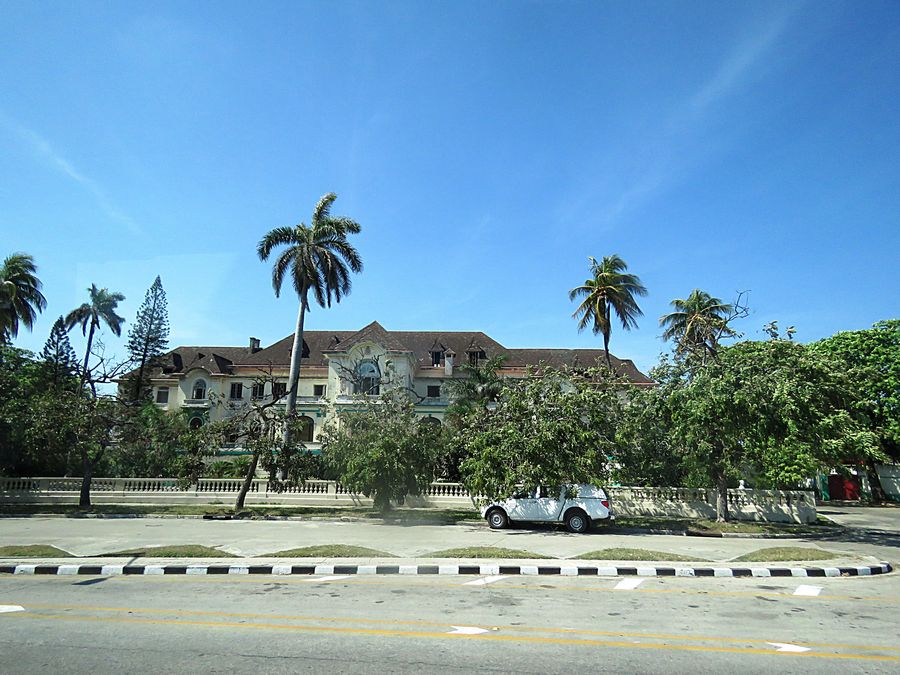
An area where wealthy Cubans used to live, many of whom
escaped
to the U.S.
after the 1959 Revolution.
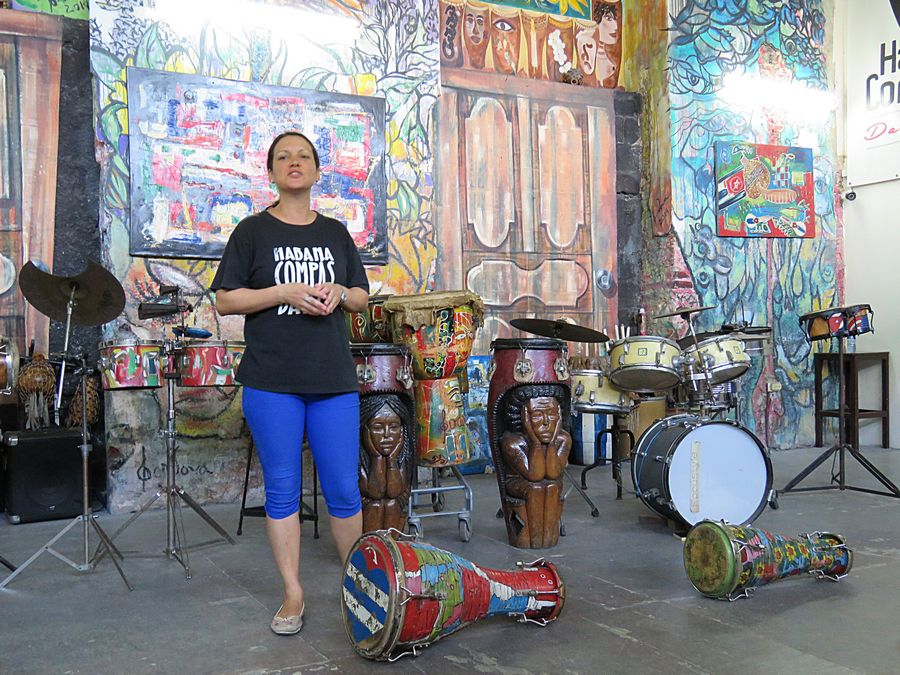
We stopped to watch a rehearsal by a local dance troupe, Havana Compass.
The troupe blends traditional and modern dance with traces of Spanish flamenco,
Afro-Cuban jazz and African rhythm, Cuban rumba and Spanish flamenco.
It wants to preserve Cuban dance traditions.
Interspersed through the performance were background discussions of the evolution
of African rhythms into Cuban dance music and how slaves from Africa
were able to retain their musical traditions. More than 1 million African
slaves were brought to Cuba during the Spanish colonial era. Since
slaves outnumbered the European Cubans, a large number of Cubans
are descended from African slaves.

This stop was a highlight on our tour. It was great to watch these talented, young
people create sound by stomping their feet in dance, playing drums, chairs, etc.
We sat close and felt their enthusiasm and energy.
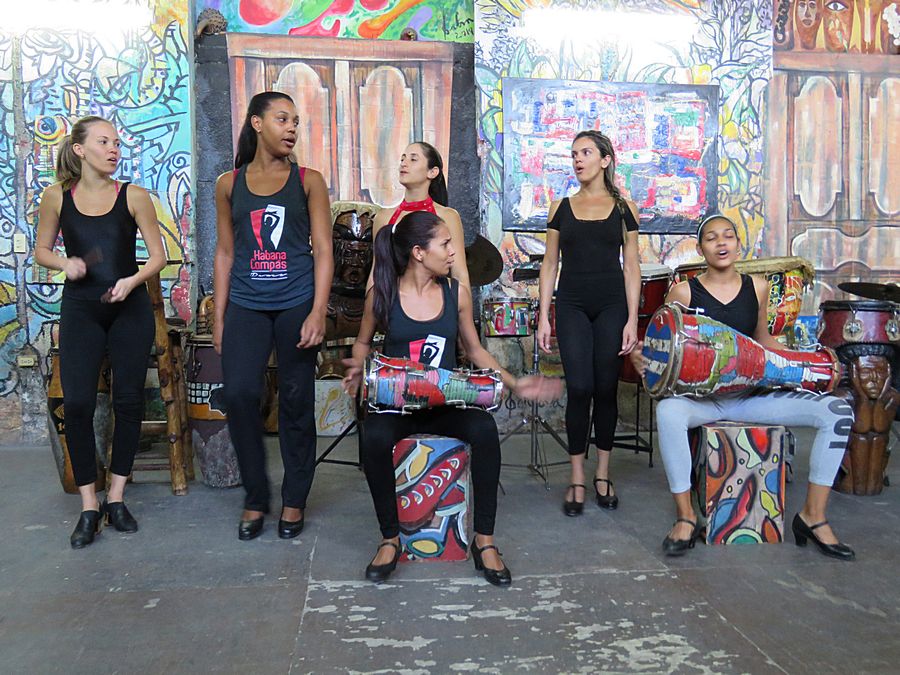
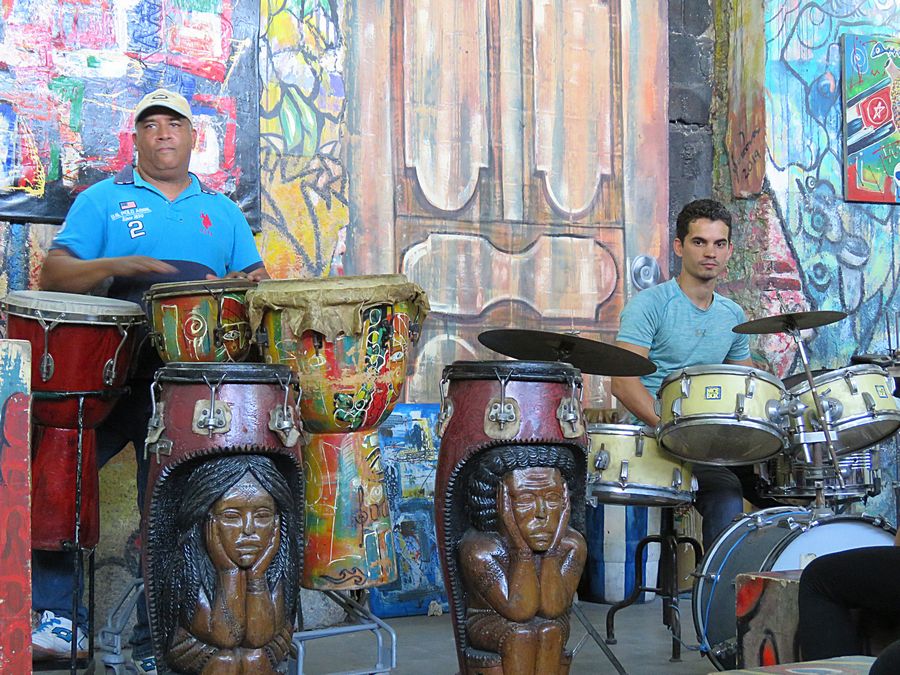
The man on the left is the group's director.
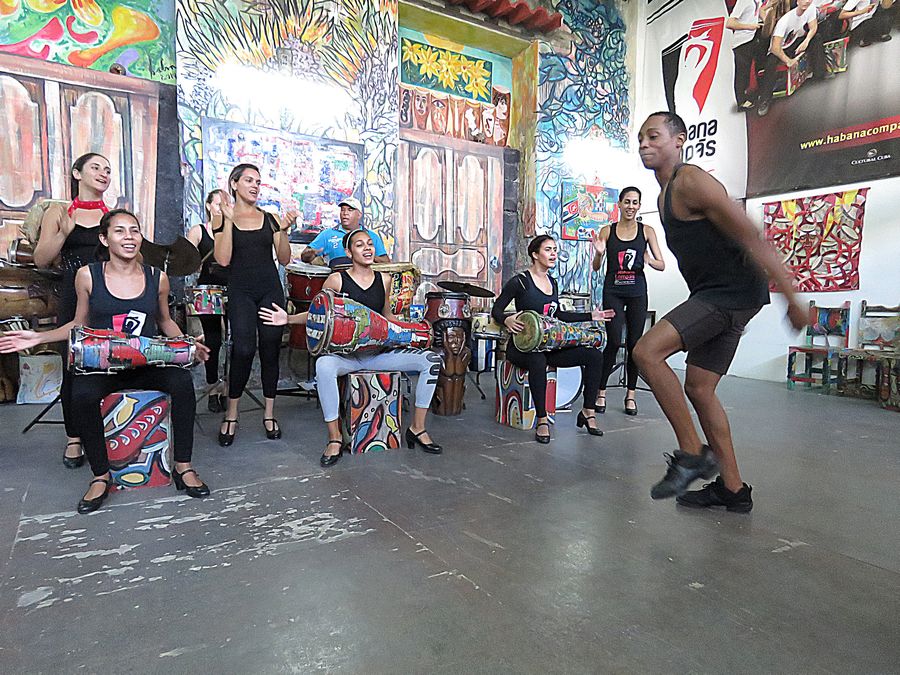
The group currently had one male dancer.
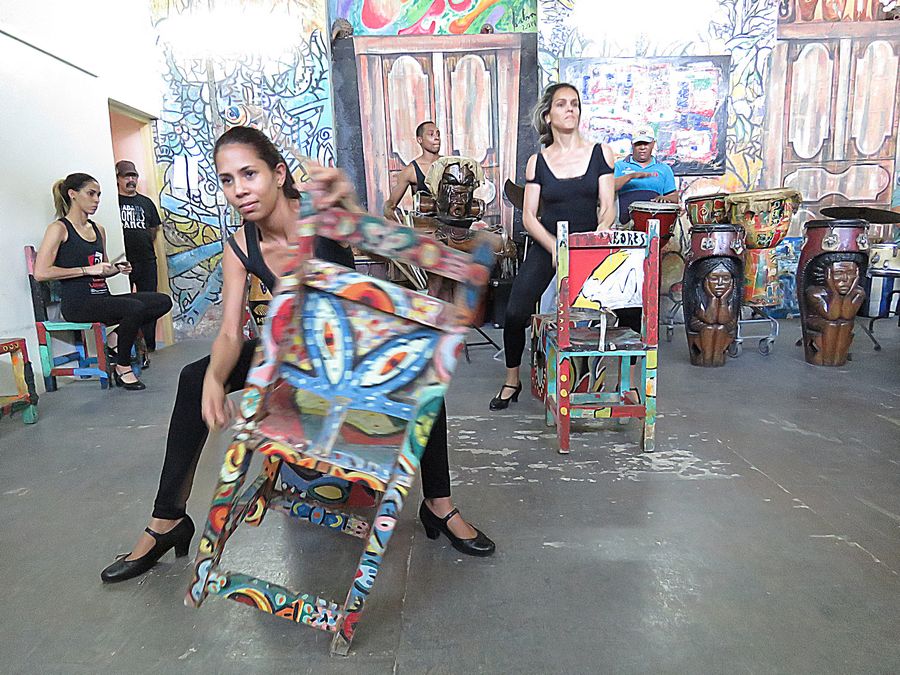
Using chairs as part of a dance and as an instrument.
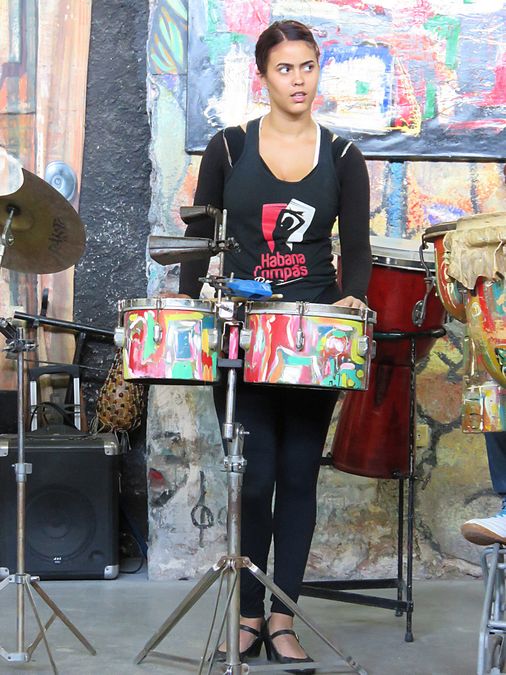
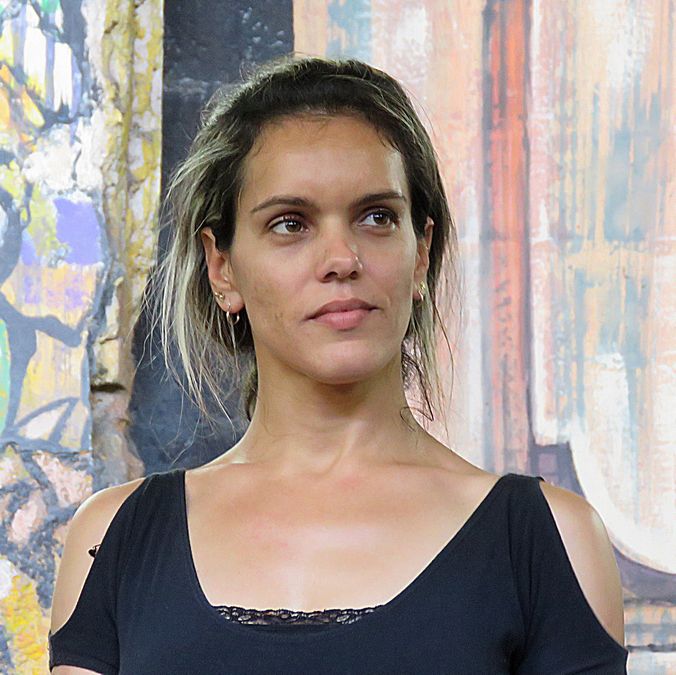
One of the dancers.
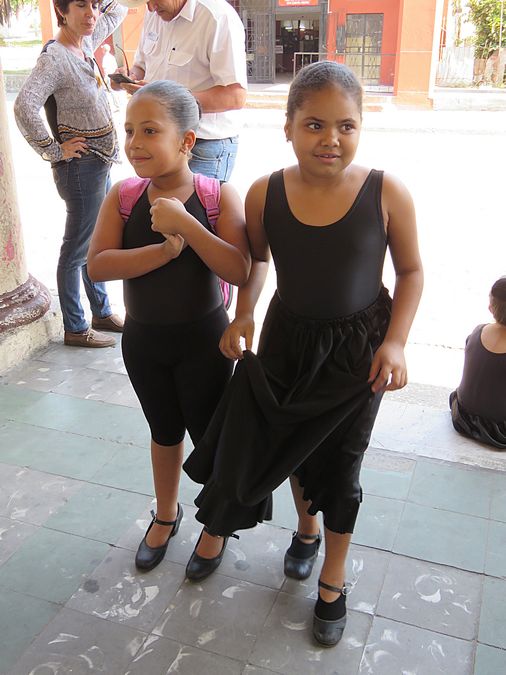
As we were leaving, there were young girls waiting outside to receive
a dance lesson.
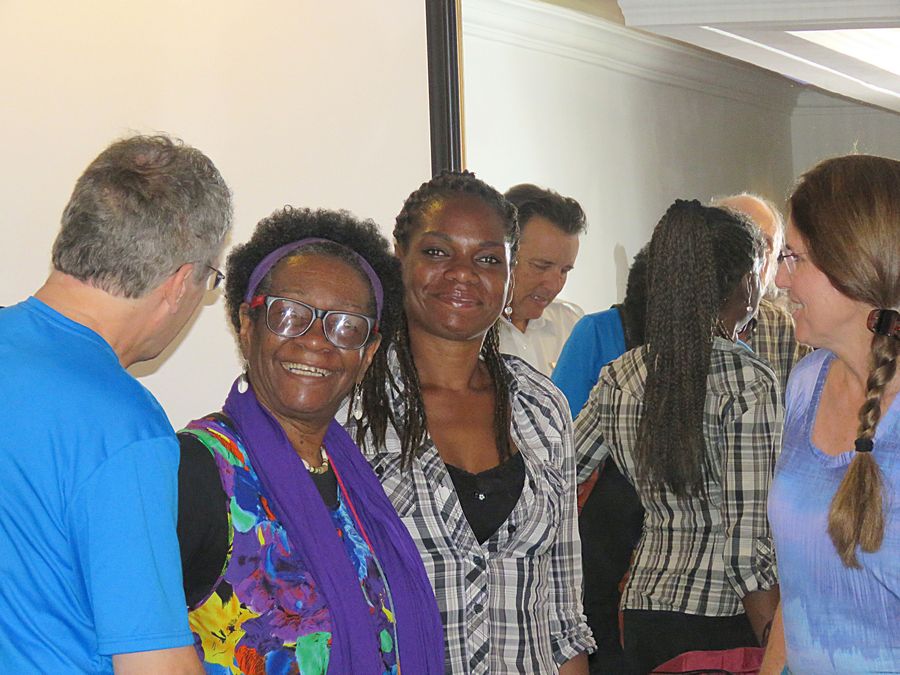
Dr. Norma Guillard and her daughter with Steve and Peggy after her talk to us.
Dr. Guillard is a University of Havana professor who studies psychology and gender.
She is featured in the documentary Maestra, a short film we saw. It tells the
stories of young women literacy workers who traveled across Cuba in 1961 to teach
and were transformed by the process. Dr. Guillard volunteered for the 1961
literacy campaign, leaving home as a teenager to live in a rural area to teach
adults. This was novel for girls to leave home like this in Cuba. It helped her
gain a sense of confidence and independence. When the year ended, volunteers
asked Castro what to do now. He told them to keep studying and learning.
As mentioned before, Cuba has one of the highest literacy rates in the world.
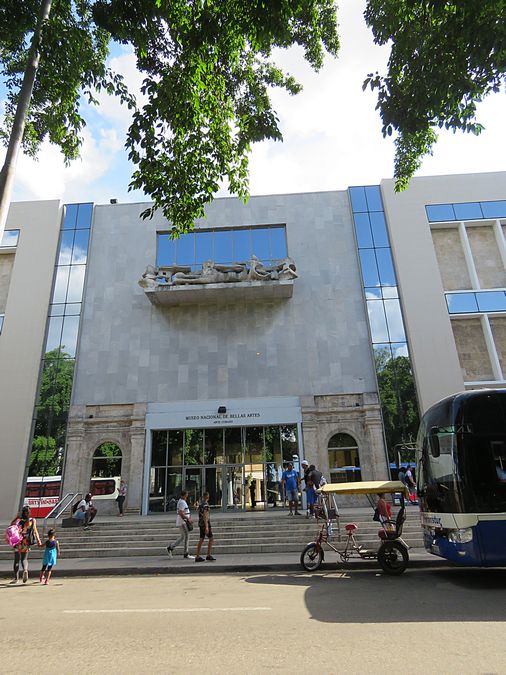
The new Museo Nacional de Bellas Artes that we visited. A female curator
took us around and explained different artistic periods in Cuban art. The
museum dates back to 1842.

The curator who showed us around the museum.
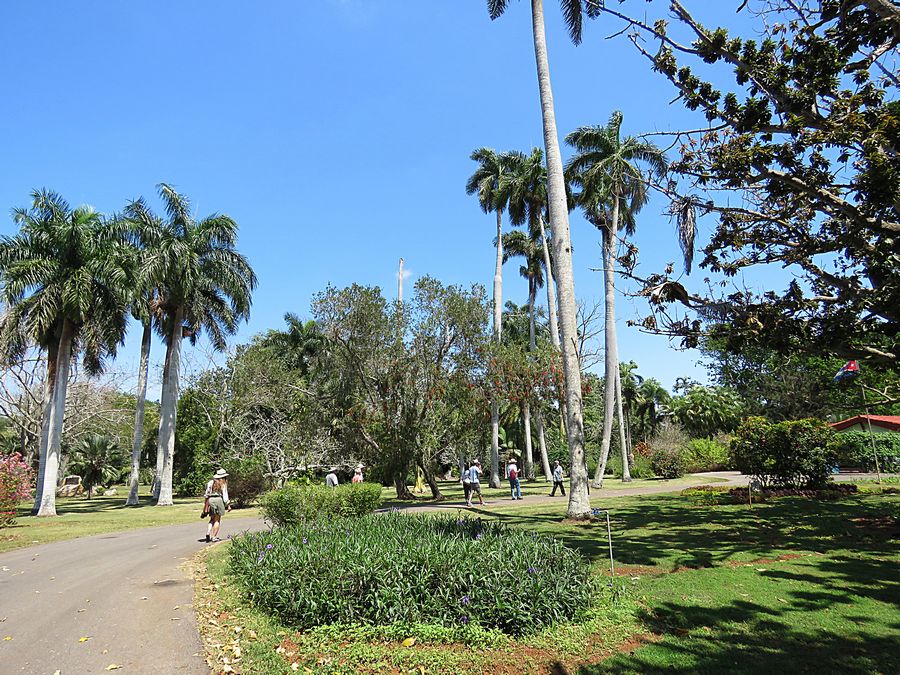
Havana Botanical Garden
The garden started to be built in 1968, and although it was
officially inaugurated in January 1989, it opened to the public
on March 24, 1984 due to the direct participation of workers, students
and professors of the University of Havana, and students of technical institutes,
who worked intensively for many months. It covers a large area and includes
gardens of other countries.
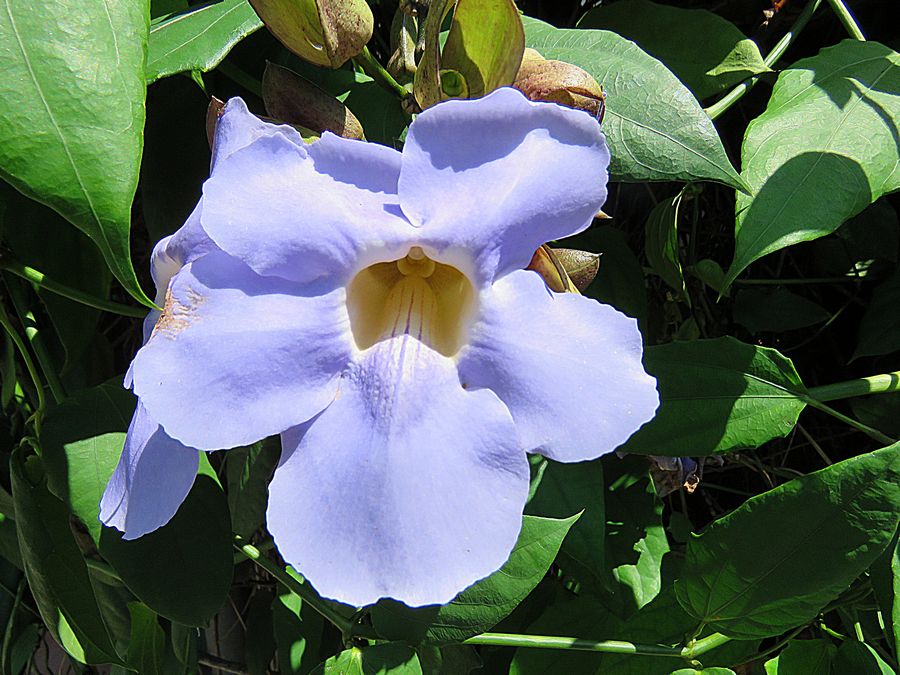
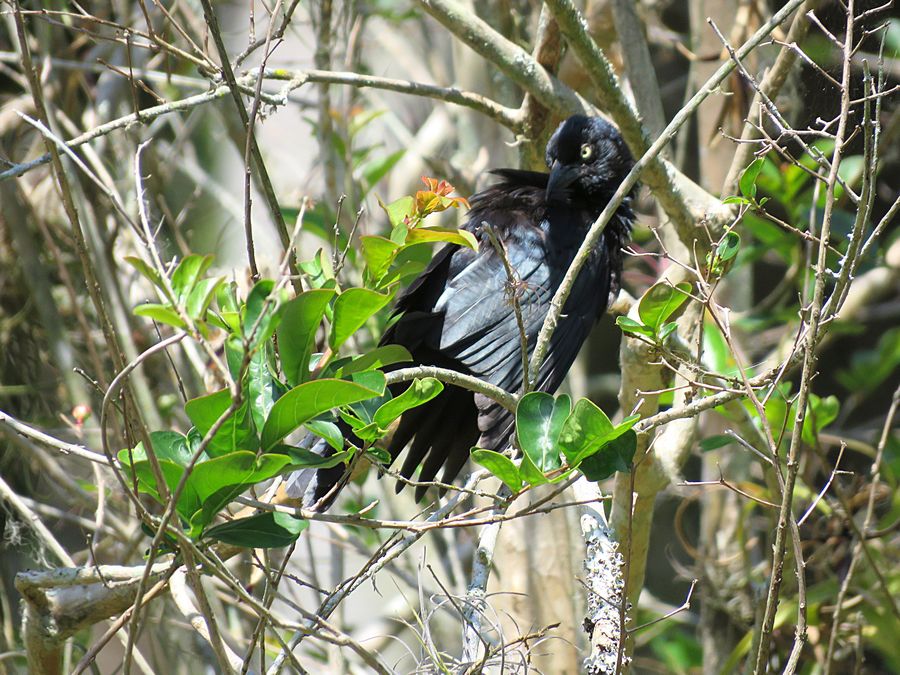
Either a Cuban blackbird or a grackle
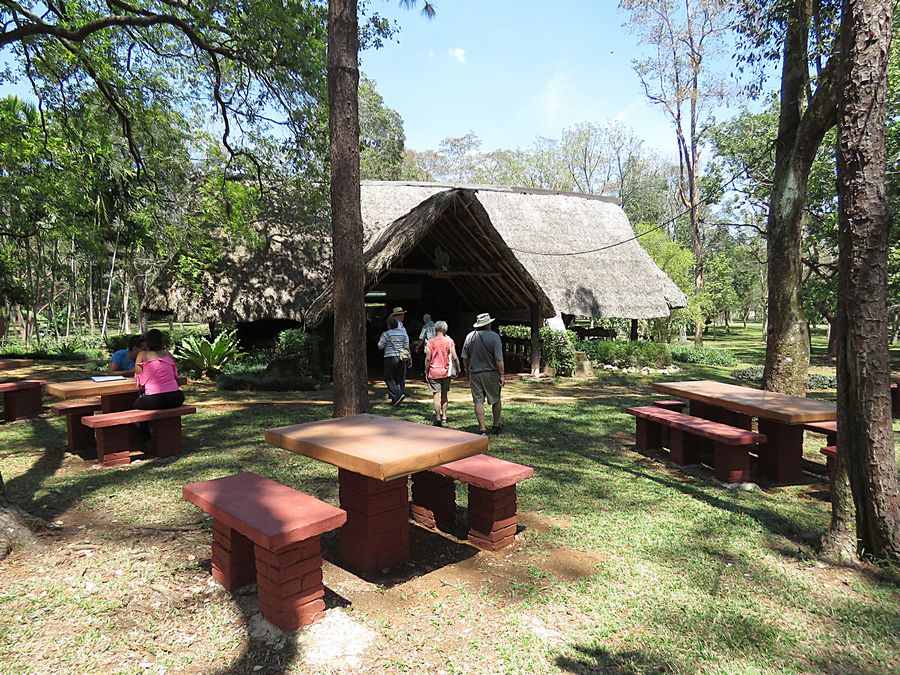
Heading for lunch. We had lunch at the Garden.

Joan, a veterinarian, feeding a stray female dog.
Also in photo: Judi, Joe, Anna, Myrna.
Tim and Ron in background.
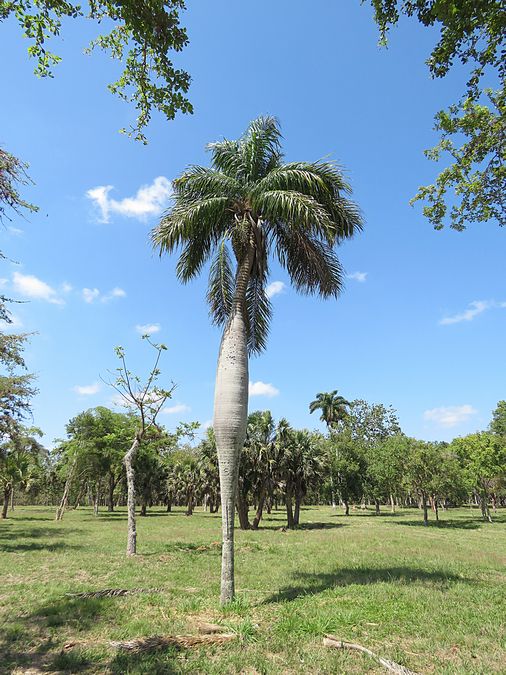
Cuban palm tree
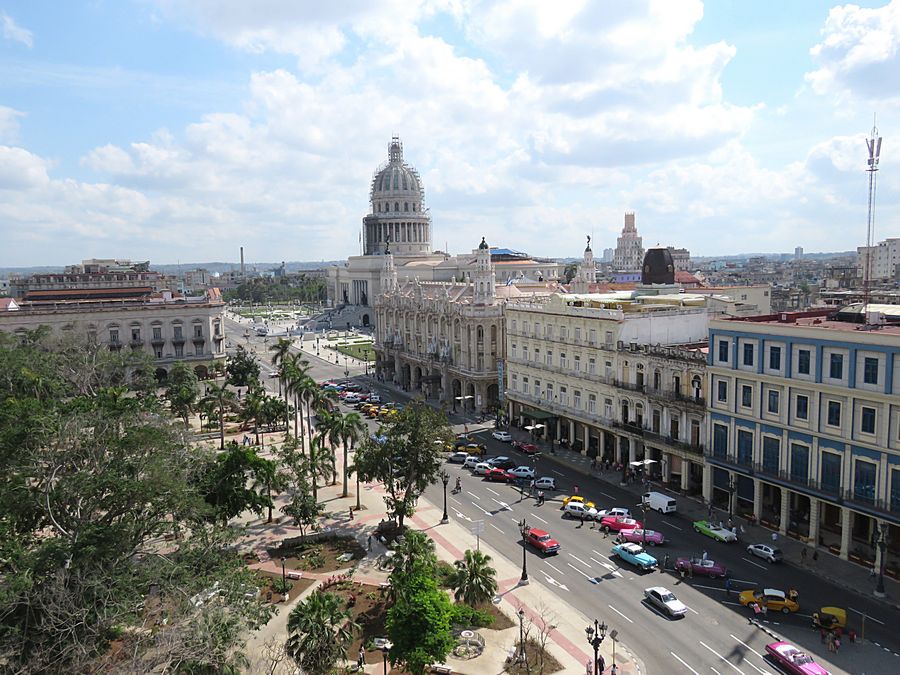
View from the top floor of our hotel, Parque Central.
The Capitol or Capitolio in the background.
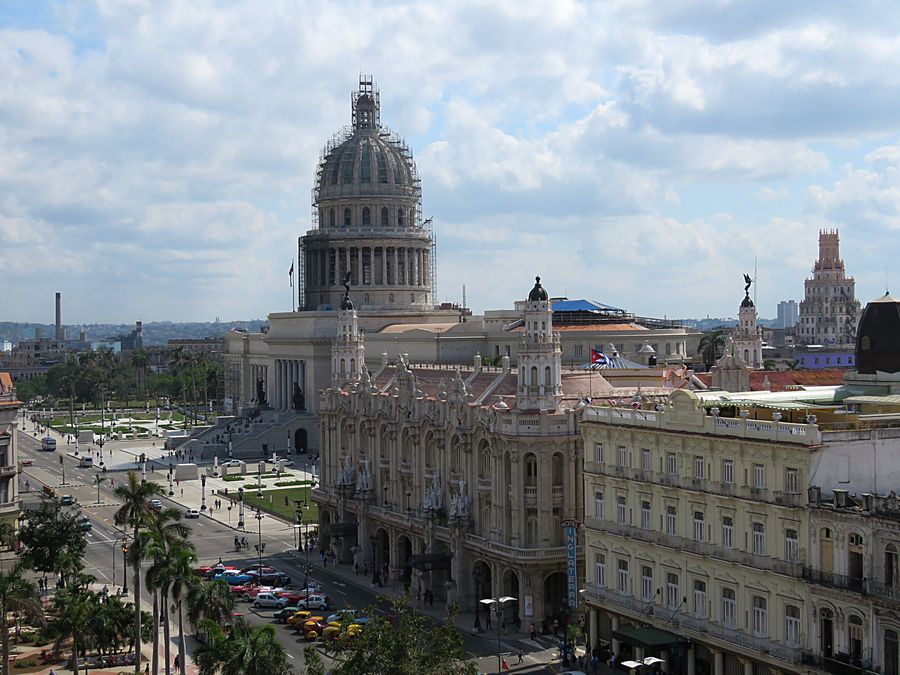
The Capitolio looks like the U.S. Capitol building, but it was not modeled
after that building.
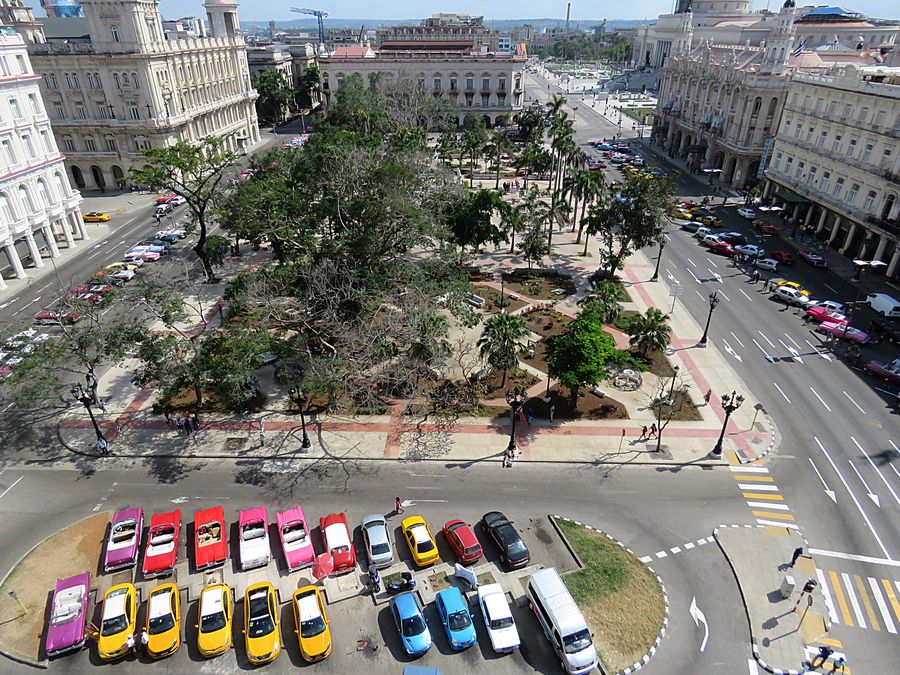
Looking down at all the old cars in front of our hotel.
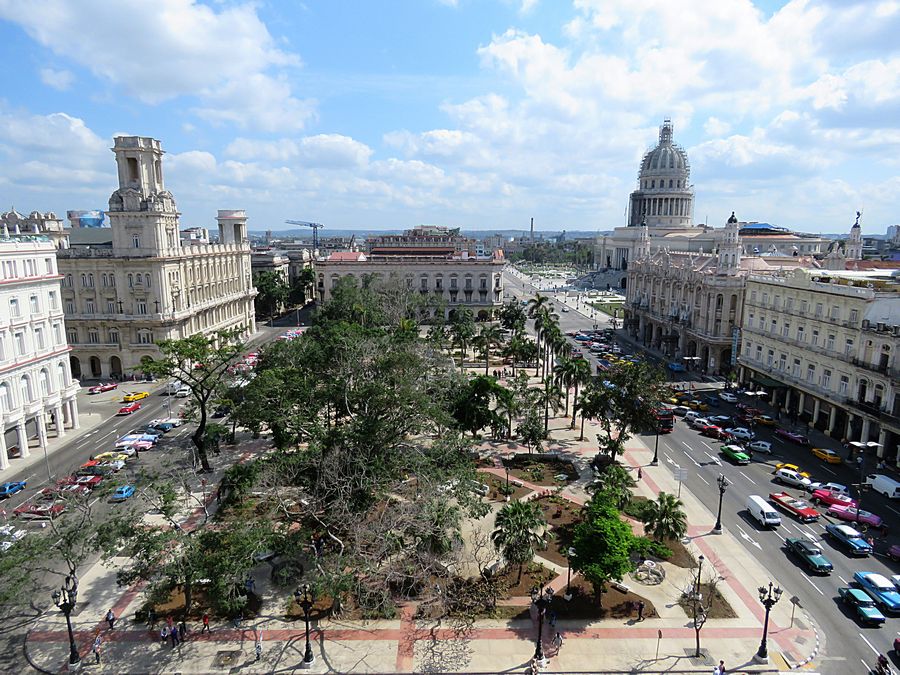

Rooftop homes of people living above the street
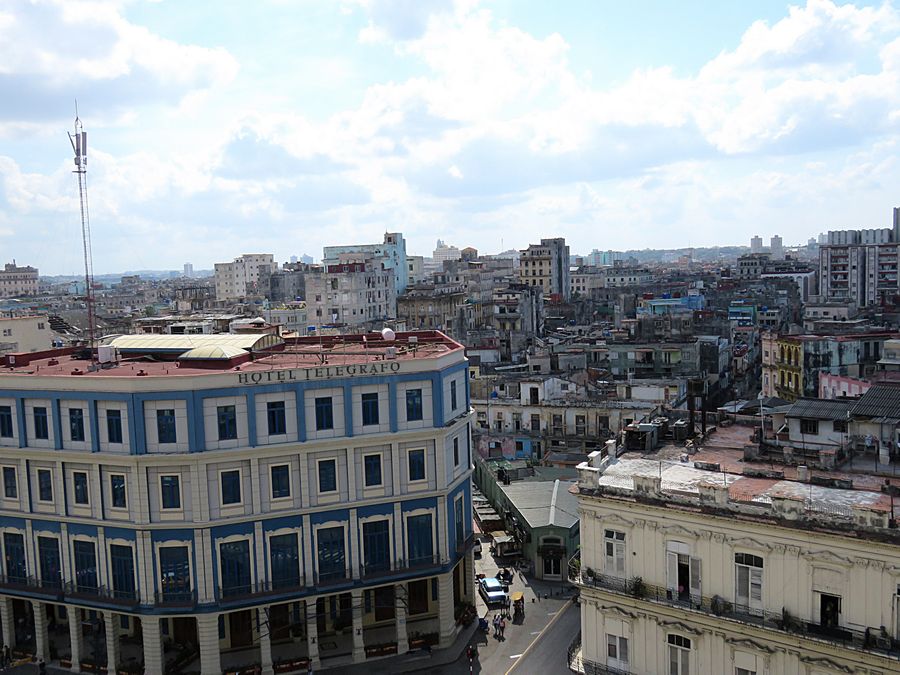
View from another direction on the top of our hotel.
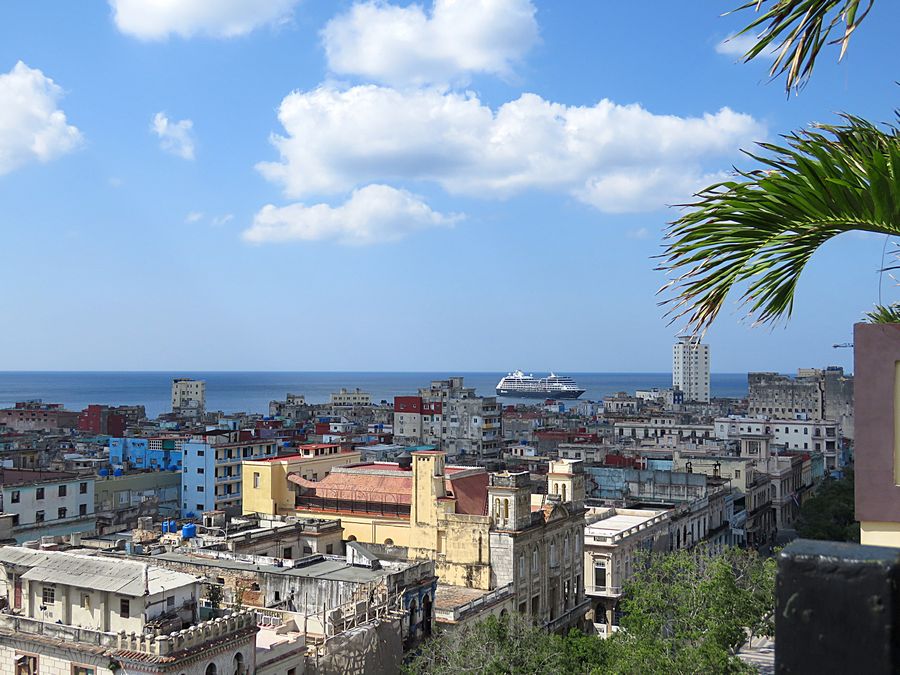
Cruise liner in the harbor.
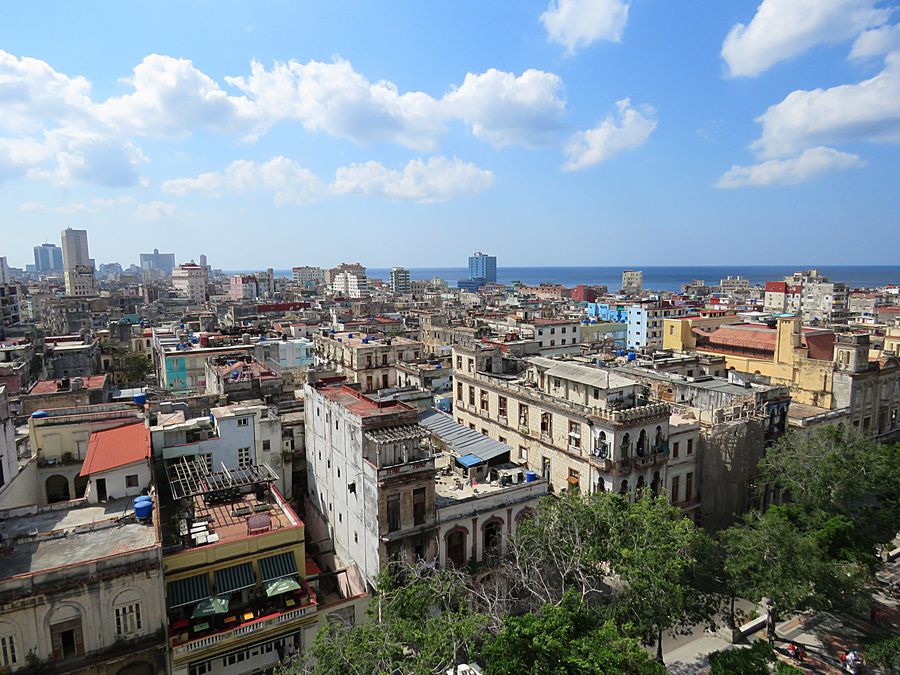
Looking toward the ocean

One of the better looking residential buildings, near the
Museum of the Revolution. Building to the right not as good.
Despite the almost subsistence-level wages of most Cubans,
they are generally better off than citizens of many other developing
countries because their meager salaries are supplemented
with free education, subsidized medical care, housing,
and some subsidized food.
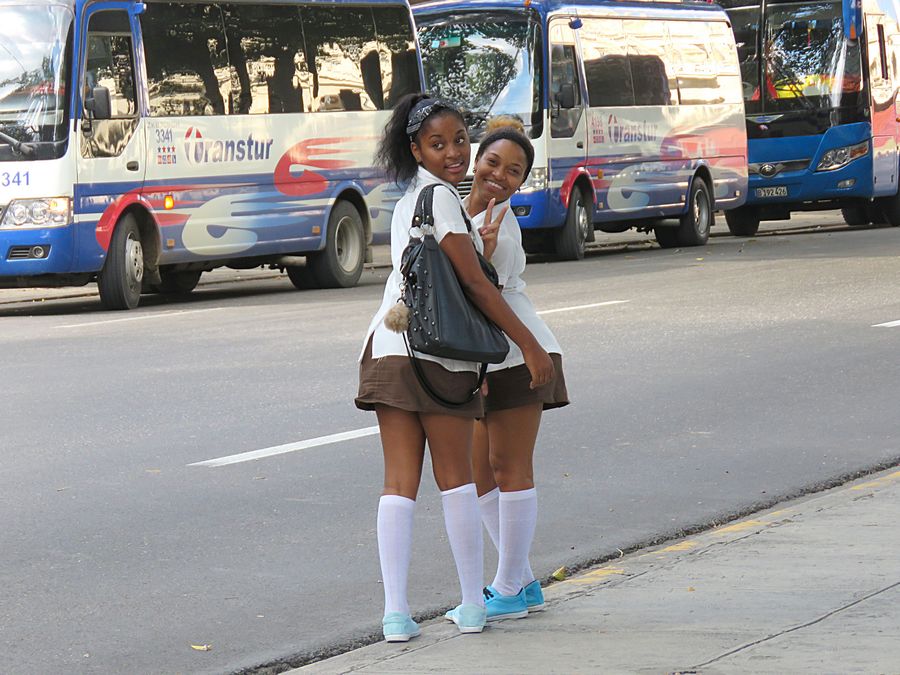
School girls waiting to cross the street
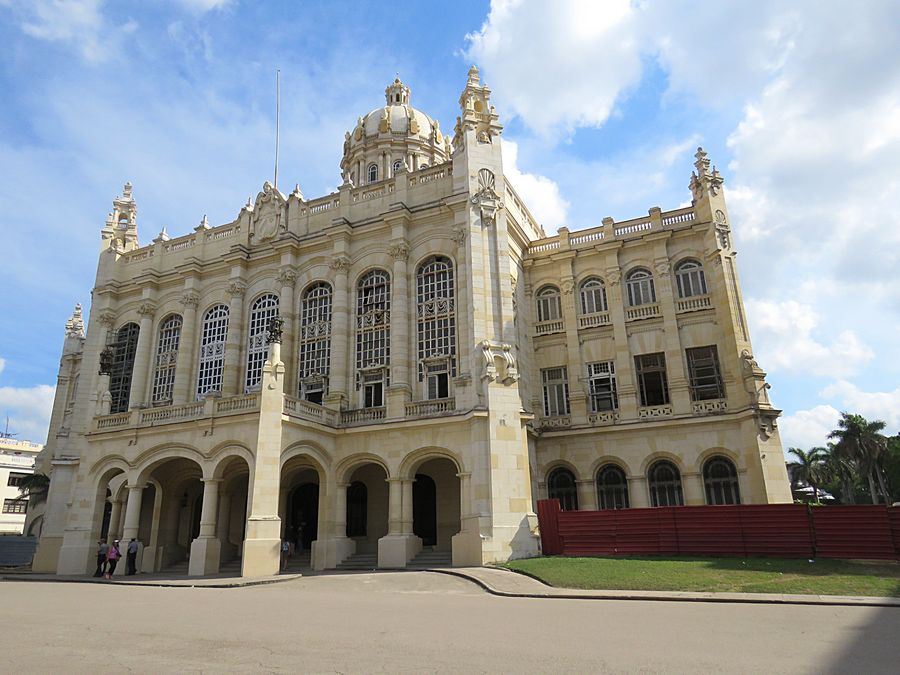
Museum of the Revolution.
A museum located in the Old Havana section. The museum is housed
in what was
the Presidential Palace of all Cuban presidents from
Mario García Menocal to Fulgencio
Batista. It became the Museum
of the Revolution during the years following the
1959 Cuban Revolution led by Fidel Castro.
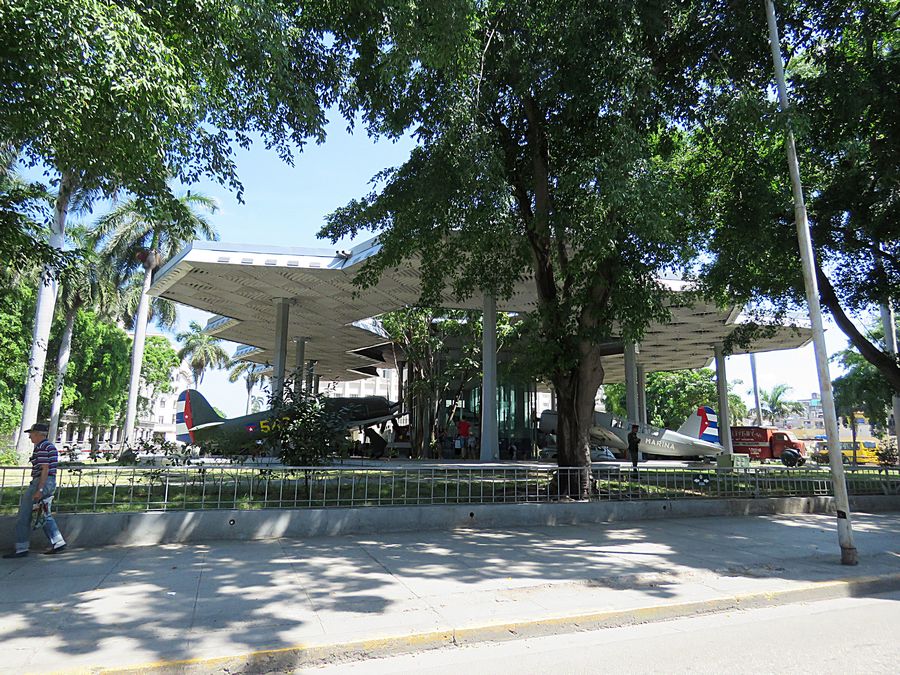
Part of the Museum of the Revolution that is behind the main
building. Inside the glass structure is the "Granma,"
the boat Castro arrived in to
start the revolution.
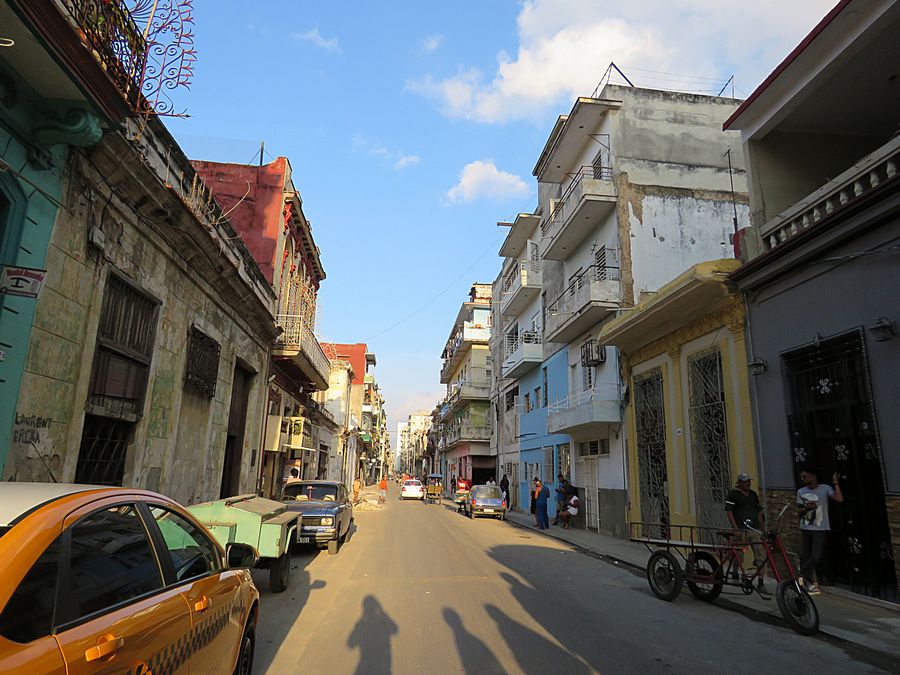
Our last night we ate at a restaurant on this street.
THE END
Link back to Page One of Cuba
Pat's Home Page